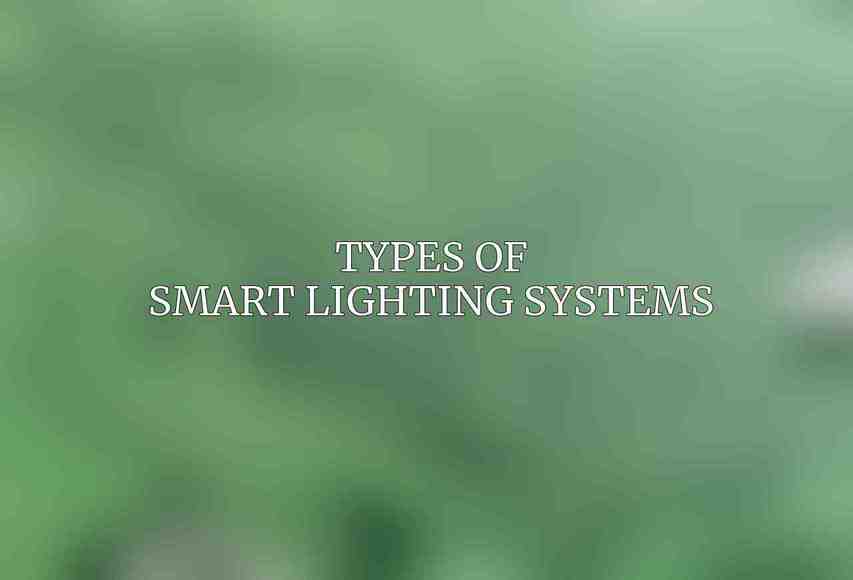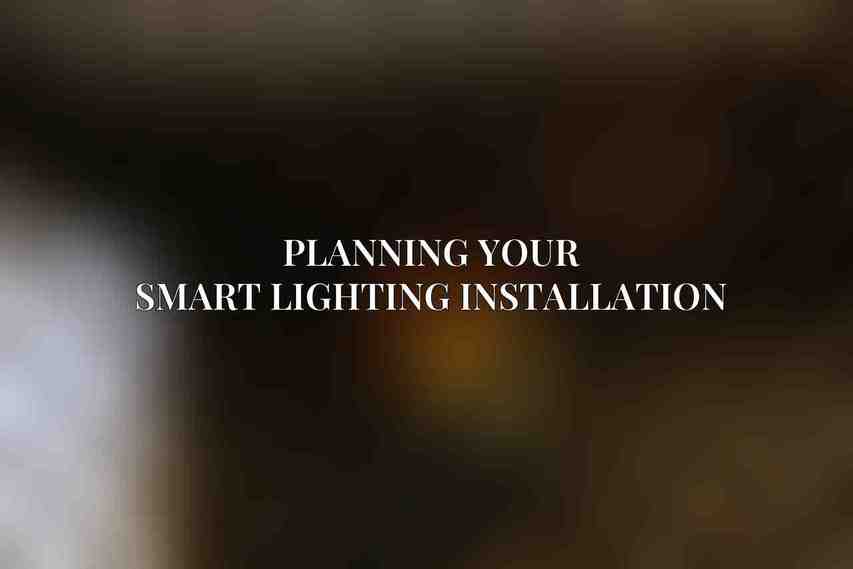Smart lighting is revolutionizing the way we illuminate our homes, offering a wide range of benefits that go beyond traditional lighting systems. From convenience and energy efficiency to enhanced security and customization options, smart lighting has become a staple in modern households. With the ability to control your lights remotely via a smartphone or voice commands, smart lighting truly transforms the way we interact with our living spaces.
| Feature | Dreo Smart Lighting | ||||||||||||||||||||||||||||||||||||||||||||||||||||||||||||||||||||||||||||||||||||||||||||||||||
|---|---|---|---|---|---|---|---|---|---|---|---|---|---|---|---|---|---|---|---|---|---|---|---|---|---|---|---|---|---|---|---|---|---|---|---|---|---|---|---|---|---|---|---|---|---|---|---|---|---|---|---|---|---|---|---|---|---|---|---|---|---|---|---|---|---|---|---|---|---|---|---|---|---|---|---|---|---|---|---|---|---|---|---|---|---|---|---|---|---|---|---|---|---|---|---|---|---|---|---|
| Compatibility | Works with Amazon Alexa and Google Assistant | ||||||||||||||||||||||||||||||||||||||||||||||||||||||||||||||||||||||||||||||||||||||||||||||||||
| Control | App, voice, or touch control | ||||||||||||||||||||||||||||||||||||||||||||||||||||||||||||||||||||||||||||||||||||||||||||||||||
| Dimming | Adjustable brightness levels | ||||||||||||||||||||||||||||||||||||||||||||||||||||||||||||||||||||||||||||||||||||||||||||||||||
| Color Temperature | Tunable white light from warm to cool | ||||||||||||||||||||||||||||||||||||||||||||||||||||||||||||||||||||||||||||||||||||||||||||||||||
| Customization | Create custom lighting scenes and schedules | ||||||||||||||||||||||||||||||||||||||||||||||||||||||||||||||||||||||||||||||||||||||||||||||||||
| Energy Efficiency | Energy-saving LED bulbs | ||||||||||||||||||||||||||||||||||||||||||||||||||||||||||||||||||||||||||||||||||||||||||||||||||
| Installation | Easy plug-and-play setup | ||||||||||||||||||||||||||||||||||||||||||||||||||||||||||||||||||||||||||||||||||||||||||||||||||
| Security | Encrypted Wi-Fi connection | ||||||||||||||||||||||||||||||||||||||||||||||||||||||||||||||||||||||||||||||||||||||||||||||||||
| Warranty | 1-year warranty | ||||||||||||||||||||||||||||||||||||||||||||||||||||||||||||||||||||||||||||||||||||||||||||||||||
| Website | Dreo (https://www.dreosound.com/) | ||||||||||||||||||||||||||||||||||||||||||||||||||||||||||||||||||||||||||||||||||||||||||||||||||
| Visit Dreo | |||||||||||||||||||||||||||||||||||||||||||||||||||||||||||||||||||||||||||||||||||||||||||||||||||
Overview of Smart Lighting Benefits

- Convenience and Automation: Smart lighting allows for seamless control of your lights, enabling you to adjust settings from anywhere, whether you’re at home or away.
- Energy Efficiency and Cost Savings: By using features like scheduling and dimming, smart lighting helps reduce energy consumption, leading to lower electricity bills.
- Enhanced Home Security: The ability to automate lighting patterns can give the illusion of occupancy when you’re not at home, enhancing security.
- Aesthetics and Customization: With options to change colors, brightness levels, and create different lighting scenes, smart lighting offers unparalleled customization options.
Types of Smart Lighting Systems

- Wi-Fi-enabled bulbs and fixtures: These connect directly to your home Wi-Fi network, allowing remote control through dedicated apps or voice assistants.
- Bluetooth-enabled devices: Ideal for smaller setups, these devices connect directly to your smartphone via Bluetooth for control.
- Zigbee and Z-Wave-based systems: These systems use wireless protocols for communication between devices, offering extended range and reliability.
- Thread-enabled products: Thread is a low-power, mesh networking protocol that provides a reliable connection for smart devices.
Planning Your Smart Lighting Installation

Before diving into the installation process, it’s essential to plan out your smart lighting setup carefully to ensure optimal results.
Determining Your Lighting Needs
- Room Layout and Usage: Consider how each room is used and the specific lighting requirements for different activities.
- Desired Lighting Effects and Ambiance: Think about the mood you want to create with your lighting, whether it’s bright task lighting or cozy ambient lighting.
- Number and Type of Smart Lights Required: Decide how many smart bulbs or fixtures you need based on the size and function of each space.
Choosing the Right Smart Lighting Products
When selecting smart lighting products, consider the following factors:
- Compatibility with Your Smart Home Ecosystem: Ensure that the products you choose work seamlessly with your existing smart home devices and hubs.
- Features and Functionality: Look for features like dimmability, color-changing options, and scheduling capabilities based on your preferences.
- Manufacturer Reputation and Warranty: Opt for reliable brands with a good track record and solid warranty policies.
Recommended Products:
| Product | Features |
|---|---|
| Dreo Smart Bulb (Wi-Fi) | 10W LED, dimmable, color adjustable |
| Philips Hue White and Color Ambiance Starter Kit | 3 bulbs and a bridge, wide color range, automation features |
Safety Considerations
- Electrical Safety and Circuit Capacity: Ensure your electrical circuits can handle the added load of smart lighting systems to prevent overloads.
- Proper Installation and Mounting: Follow manufacturer instructions carefully during installation to avoid any safety hazards.
- Compatibility with Existing Fixtures: Verify compatibility with your current lighting fixtures to ensure a seamless integration.
Stay tuned for the next sections of the Ultimate Guide to Installing Smart Lighting in Your Home.
Frequently Asked Questions
What are the benefits of installing smart lighting in your home?
Smart lighting offers convenience, energy efficiency, and the ability to customize the ambiance in your home.
How complicated is the installation process for smart lighting?
The installation process for smart lighting can vary depending on the type of system you choose. Some systems are designed for easy DIY installation, while others may require professional assistance.
Can I control smart lighting with my smartphone?
Yes, most smart lighting systems can be controlled through a mobile app on your smartphone or tablet.
What are the different types of smart lighting systems available for residential use?
Some popular types of smart lighting systems include Wi-Fi enabled bulbs, smart switches, and smart plugs.
Are smart lighting systems compatible with virtual assistants like Alexa and Google Assistant?
Yes, many smart lighting systems are compatible with virtual assistants, allowing you to control your lights with voice commands.

